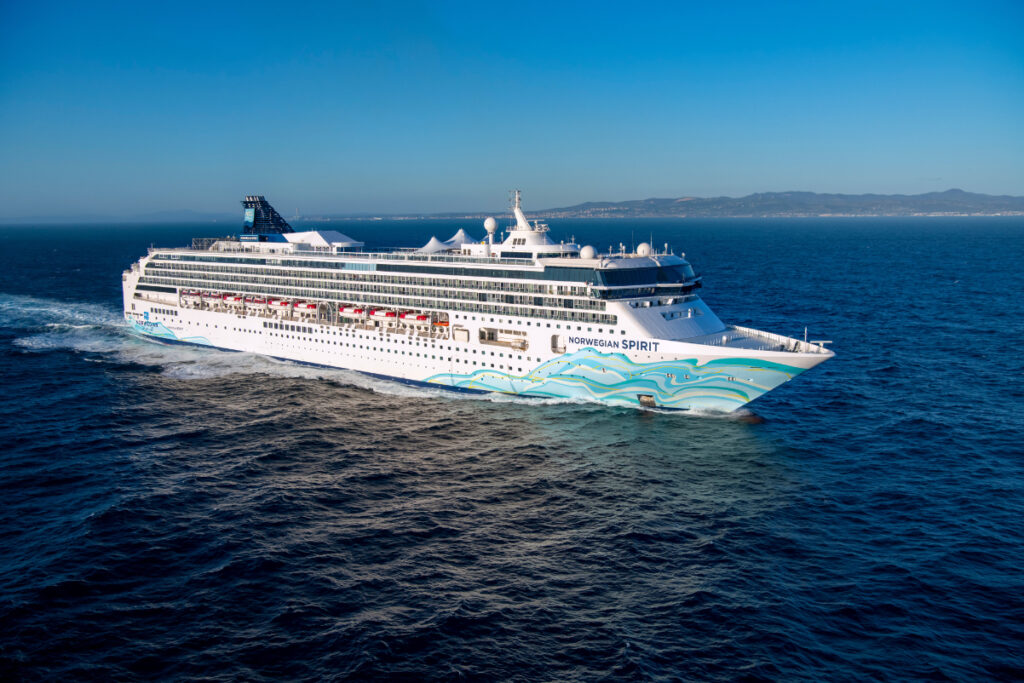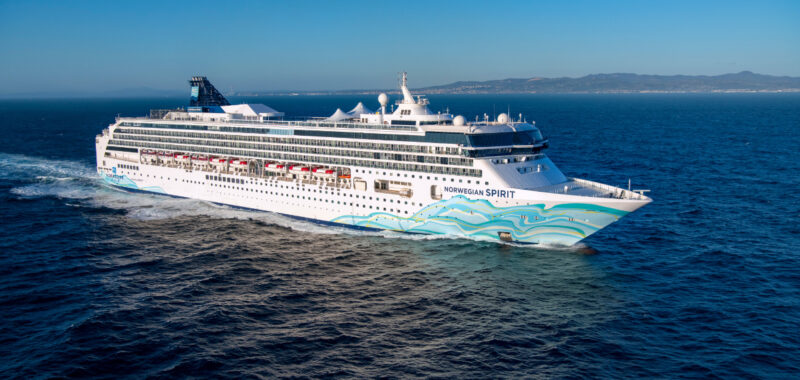
Skift Take
Norwegian Cruise Line’s story is essentially “everything is great and we’re being careful to keep it that way for as long as possible.”
Norwegian Cruise Line is witnessing resilient demand from vacationers across all markets and among both mass-market and luxury travelers â defying concerns about potential softness in leisure travel spending.
“We are on track to end 2024 on an exceptionally strong note, marking our best year as a company since we returned to operations [after the pandemic],” said CEO Harry Sommer during an earnings call on Thursday.
“It’s hard to see any cracks,” Sommer said.
The company’s key metrics are essentially (1) how much it can charge for the rooms, (2) how full the ships are, and (3) how much extra stuff people buy onboard. Norwegian Cruise Line is doing well on all three.
Pricing Power
The cruise operator reports strength worldwide for advance bookings extending into 2025 across all its brands: Norwegian Cruise Line, Oceania Cruises, and Regent Seven Seas.
In the third quarter, pricing was up 7% year-over-year â a big change from the start of the year when executives forecast that pricing would be flat.
For the fourth quarter, executives implied pricing would be up about 5% despite tough year-over-year comparisons. (Last year, the pricing gain was 14%.)
Occupancy Stabilizes
While overall ship occupancy remains slightly below historical peaks, executives said this primarily reflects a strategic choice rather than demand weakness. They plan to push more on pricing than filling up cabins.
The current occupancy levels are driven mainly by the mix of cabin configurations and the number of third and fourth passengers â typically children on its Norwegian brand.
“I don’t see occupancy being a tailwind or headwind,” Sommer said, noting that he expects occupancy to remain relatively stable through 2025.
Advance Booking Patterns Evolve
Travelers have generally been booking further ahead than they did pre-pandemic. However, in recent quarters, Norwegian has seen stronger “close-in” demand from some customers, giving the company more pricing power for near-term sailings.
This dual trend of strong advance bookings alongside healthy last-minute demand has allowed the company to maintain higher pricing.
However, executives emphasized they’re focused on sustainable growth rather than pushing booking curves to record levels.
Onboard Spending Remains Strong
Nearly all passengers are now pre-booking some form of onboard purchases before their cruises, including drinks packages, dining experiences, spa treatments, and shore excursions.
Executives said the advance upselling should continue to increase at a moderate pace. The company has begun applying more sophisticated revenue management techniques, using software similar to what it’s already been using to help set ticket prices.
“We are in the opening phases of doing better revenue management on our onboard product as well,” Sommer noted, adding that improved marketing and pre-sale strategies drive higher customer spending.
Caribbean Expansion Plans
The company is betting heavily on larger ships and Caribbean deployments, with plans to roughly double “fun in the sun” passenger volume by 2026 compared to last year.
This shift will be enabled partly by a new pier at its private Bahamian destination, Great Stirrup Cay, scheduled to open in late 2024. The expansion will allow the company to double its passenger capacity on the island starting in 2026, potentially driving higher guest satisfaction and repeat booking rates.
The Caribbean is seen as key to attracting younger travelers. About one out of three of its cruisers today are under 40 years old, showing a gradual penetration into younger demographics. Repeat cruise booking rates for Millennials and Gen Z now nearly match that of older travelers.
Newer cruisers typically start with shorter Caribbean itineraries close to home and then graduate to more exotic destinations like Alaska and Europe.
Three-Brand Strategy
The company said its portfolio lets it to adequately segment the market of mostly higher net worth individuals effectively:
- Norwegian Cruise Line: Appeals to both families and adults-only travelers
- Oceania: Targets upper-premium “foodie” travelers
- Regent: Attracts ultra-luxury customers (with evidence of strong demand â its top World Cruise suite recently sold for over $1 million)
Multi-Year Moderation
Norwegian Cruise Line Group has adjusted its strategy since Sommer became group CEO in 2023. Where the group once focused single-mindedly on driving industry-leading yields, it’s now equally focused on cost control and capital allocation.
Sommer seeks to boost margins and slash debt. His team targets adjusted EBITDA margins of 39% by 2026, an 800 basis point improvement from 2023.
The debt-laden company also plans to reduce leverage to 4.5x by 2026, a meaningful improvement that could position it for investment grade status longer-term. It will partly accomplish the debt reduction by achieving $300 million in savings by 2026, with two-thirds coming from streamlining vessel operations.
Executives told analysts they don’t plan an aggressive expansion strategy. Instead, they plan a moderate passenger capacity growth of 4% and 6% annually through 2028.
The company reported a third-quarter profit of $475 million on revenue of $2.81 billion.

